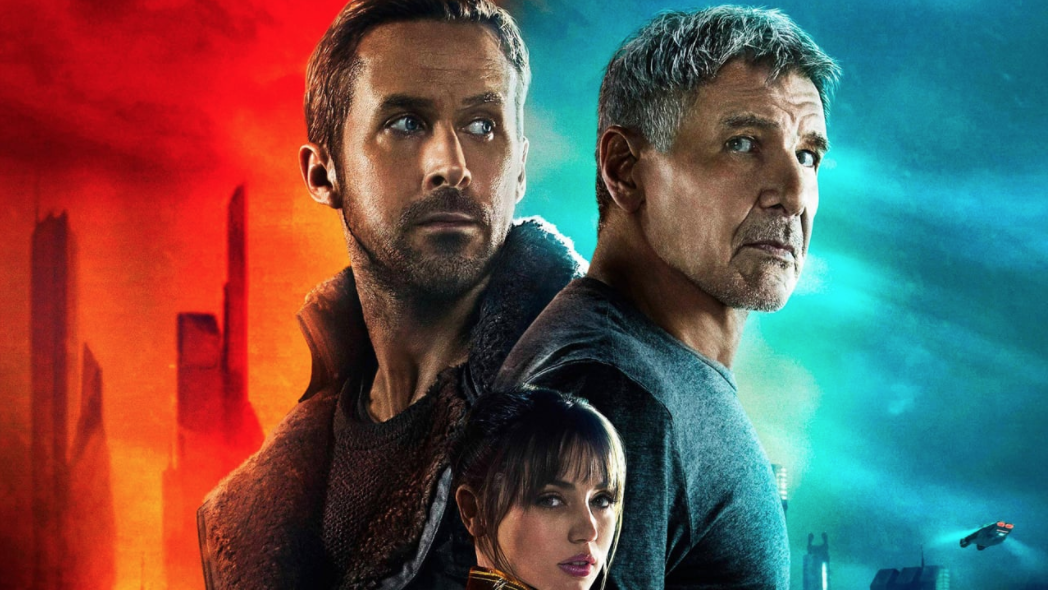By Dana Perelberg ’20
Thirty-five years after the first Blade Runner movie, the sequel, Blade Runner 2049, has finally come out. This futuristic dystopian sci-film is a haunting yet thrilling version of the future.
The movie mainly focuses on replicants, which are bioengineered human beings. Though these are copies of actual humans, they are not treated in a humane manner. K (Ryan Gosling) is a “Blade Runner,” meaning his job is to kill — or, as they say in the movie, “retire” — replicants despite the fact that he himself is a replicant. The film also includes a subplot that focuses on whether or not replicants have the ability to reproduce, thus leading K to wonder if he was born instead of engineered.
The movie’s visual effects were the most enjoyable part. The designed city was absolutely breathtaking with skyscrapers similar to those of New York– except with floating cars lining the streets. The scenes featuring K’s holographic girlfriend were also some of the most impressive visually. She is a giant girl that seems to be able to act as a real human being except for the fact that she is clearly pixelated and all her motions are behind a wall. These effects made the movie more exciting and interesting to watch.
However, one of the few criticisms I have of the film was it was unbearably long. The movie itself didn’t have enough action to sustain the 2 hour and 44 minute period. I could have used a bit of a cut-down.
Nonetheless, Blade Runner was an enjoyable adaptation of the future. The actors portray their characters well and the visual effects were astounding. Blade Runner is a must see movie for all sci-fi lovers while it’s theaters and when it becomes available on demand. That is– if they have the time.













































